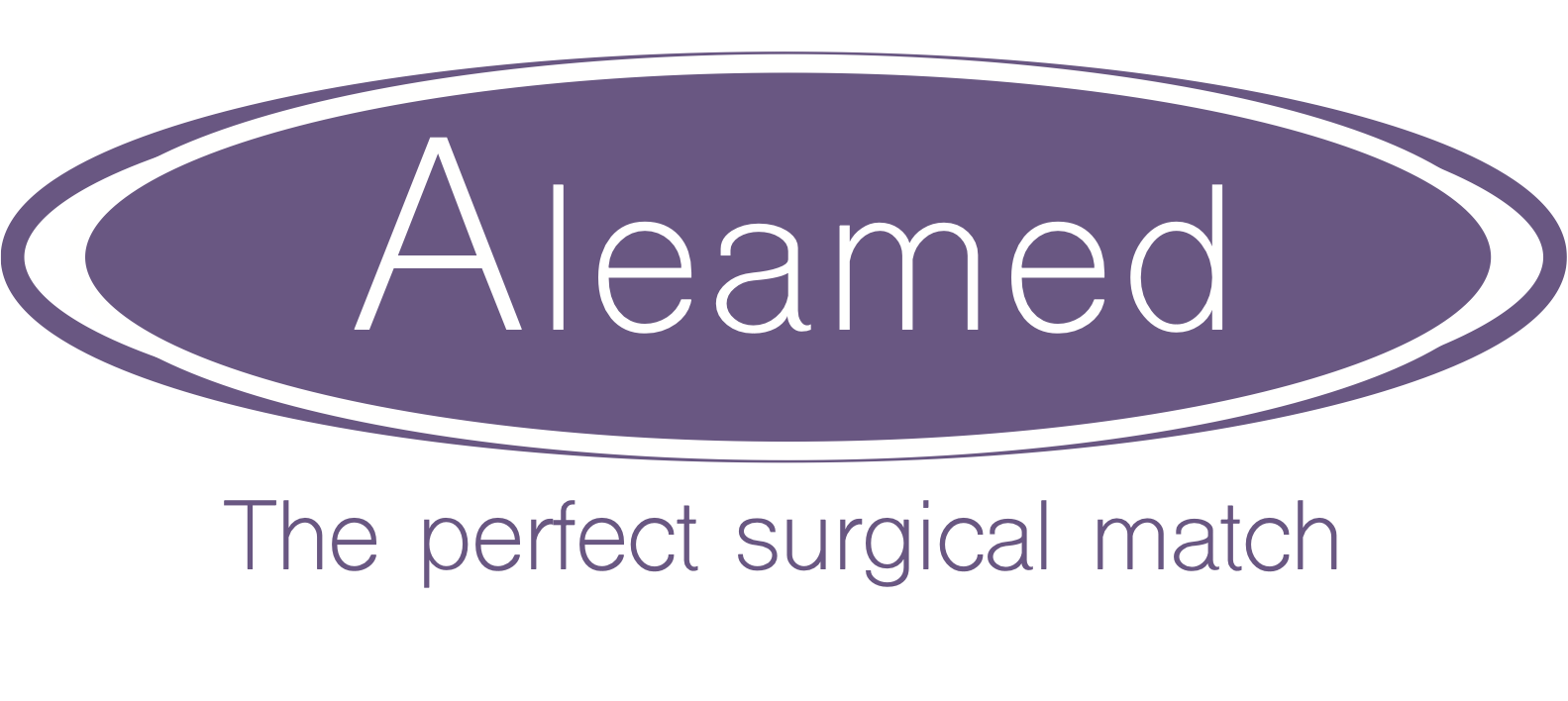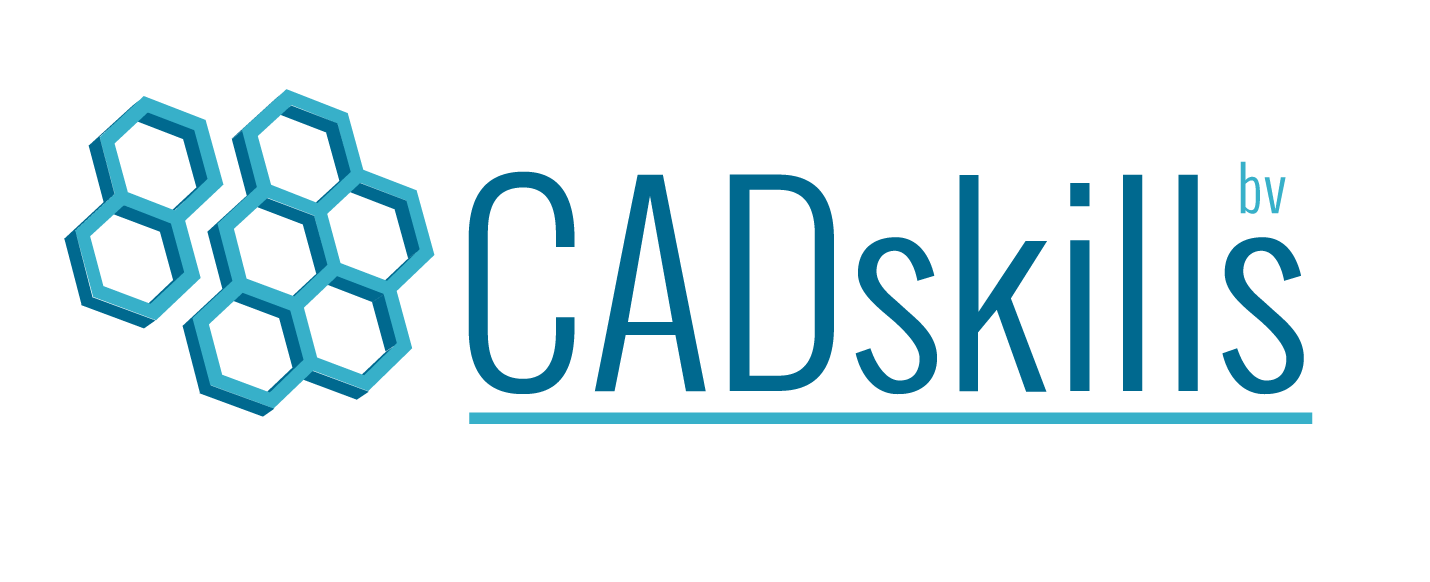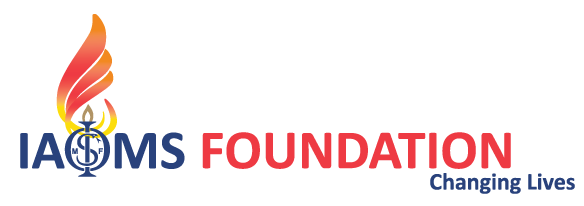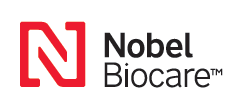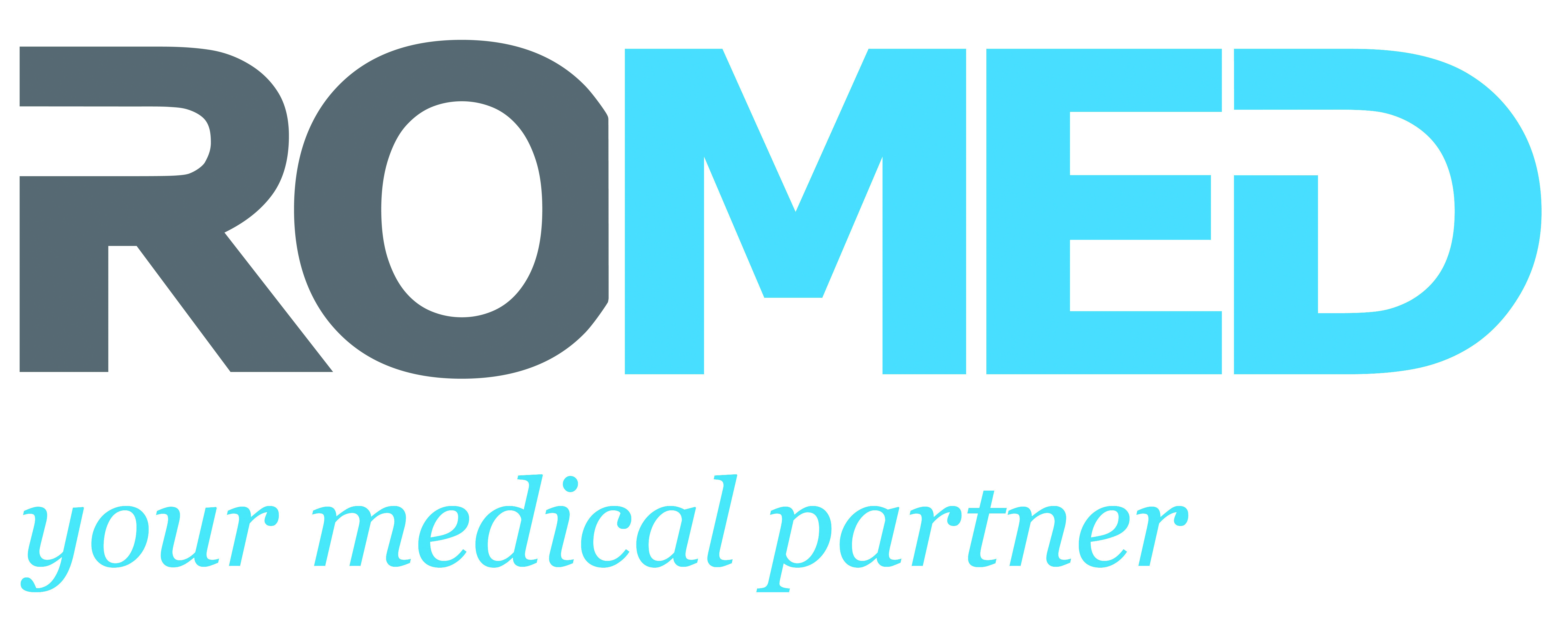Cosmetic Surgery & Aesthetic Medicine
Aesthetic facial procedures approach the face from a different perspective. In this case, one explicitly seeks to look “younger”, "more beautiful”, or "more feminine or masculine.” Certain maxillofacial surgeons specialize in this aspect of the field, offering a wide range of options tailored to meet your individual goals.
1. Rejuvenation procedures are designed to help you look and feel more youthful. They often involve minimizing signs of aging, such as wrinkles and sagging skin, to restore a refreshed appearance. As we journey through life, our facial features naturally undergo changes due to various factors, including genetics, lifestyle, and the passage of time.
- Skin Changes: As we age, our skin becomes thinner, loses some of its natural moisture, and doesn't make as much collagen and elastin as before. This leads to the development of fine lines and wrinkles, and it can make our skin less firm and elastic. Adding uneven pigmentation and age spots due to sun exposure, genetics, or environmental factors like smoking, these changes make the skin appear less smooth and vibrant.
- Volume Loss: Underneath our skin, there's a layer of fat that gives our face its shape. Over time, we lose some of this fat, especially in areas like our cheeks, temples and around our eyes. This leads to a sunken appearance in certain areas and a less youthful facial contour.
- Effects of Gravity: The constant pull of gravity leads to sagging of the facial tissues. This contributes to the formation of wrinkles and folds and causes a loss of definition along the jawline and neck.
Procedures that address specific aspects of facial aging are eyelid surgery, browlift, facelift, necklift, liplift and treatment with injectables like botulinetoxine and hyaluronic acid filler.
2. Aesthetic facial surgery can also be performed to enhance or refine specific facial features, such as the nose, chin, or lips. Typical interventions here include
- corrective surgery of the nose, ears and jaws,
- augmentation of the cheek bones, jaw angles or chin area by means of an osteotomy or a Patient Specific Implant,
- and accentuation of the lips with hyaluronic acid filler.
These interventions aim to restore balance and harmony in the face and accentuate your natural beauty.
3. Facial Feminization Surgery (FFS) is a specialized category of procedures that can help feminize facial features to align with one's gender identity.
In the upcoming sections, we'll provide detailed insights into various aesthetic interventions available for the face, helping you better understand the options that align with your personal goals and preferences. Whether you're looking to rejuvenate your appearance, enhance specific facial features, or explore gender-affirming procedures, these treatments are tailored to enhance your unique beauty and boost your confidence.
Eyelid surgery (Blepharoplasty)
Why Choose Eyelid Surgery? Cosmetic surgery of the upper and/or lower eyelids, also known as blepharoplasty, is a procedure designed to rejuvenate the appearance of your eyes. Over time, the skin around the eyes can lose elasticity, and bulging fat can create puffiness. These changes can make you appear older, more fatigued, or even affect your peripheral vision. This procedure is a popular choice for those looking to address issues like sagging eyelids, under-eye bags, or a tired and aged look. It aims to refresh your gaze, enhance your facial appearance, and improve your overall vision in some cases.
How It Works: Eyelid surgery can be performed both under local and general anesthesia. During the procedure, your maxillofacial surgeon will make small, discreet incisions in the natural creases of your eyelids. Through these incisions, excess skin is removed and/or fat deposits are repositioned or removed. If necessary, the eyelid muscle might be tightened. The result is a smoother, more youthful eye area.
What Happens After Surgery? Recovery from eyelid surgery is generally quite manageable. You may experience some bruising and swelling, but these usually subside within a few weeks. Scarring for upper eyelid surgery usually occurs within the natural eyelid crease, making scars barely visible. For lower eyelids, the surgeon makes an incision just beneath the eyelash line.
Nose surgery (Rhinoplasty)
Why Choose Rhinoplasty? People opt for rhinoplasty, commonly known as a nose job, for various reasons. Some want to address aesthetic concerns like a hump on the bridge of the nose, an asymmetrical shape or a broad nasal tip. Others may have functional issues, such as difficulty breathing due to a deviated septum. When performed following some basic principles by an experienced facial surgeon, rhinoplasty can reshape and enhance the appearance of your nose, while at the same time improve nasal airway patency.
How It Works: Rhinoplasty is usually performed under general anesthesia. In cases where only minor adjustments are necessary like a small hump reduction, incisions and resulting scars can sometimes be made inside the nostrils ("endonasal approach"). For extended cases with nasal tip correction, an "open" approach is often chosen, resulting in a discreet scar between the nostrils. During the procedure, the underlying bone and cartilage are reshaped to achieve the desired look. If needed, adjustments are made to nasal septum and nasal shells to improve breathing and functionality.
What Happens After Surgery? After rhinoplasty, you'll experience mild discomfort and some swelling and bruising. This appears mostly around your nose and eyes, and gradually subside over a few weeks. Your surgeon may use internal splints or packing, and apply an external cast for protection. These are usually removed within one or two weeks. It's essential to follow your surgeon's post-operative instructions for a smooth recovery. Final results may take several months as swelling fully subsides. Rhinoplasty incisions are usually well-hidden.
Ear Surgery (Otoplasty)
Why Choose Otoplasty? Otoplasty is chosen for various reasons. It's a solution for individuals who are unhappy with the shape, size, or positioning of their ears. Common concerns include protruding ears, misshapen lobes, or asymmetry. More extensive reconstructive ear surgery can correct also congenital deformities, trauma-related injuries, or defects resulting from removal of skin cancers on the ear.
How It Works: Ear surgery is typically performed from the age of seven years old, when the ear is fully develloped . It is a procedure that is usually performed under general anesthesia. Small incisions are made, usually hidden behind the ear. The ear cartilage is reshaped and the ears can be repositioned closer to the head if necessary. For extended cases, rib cartilage or synthetic materials might be adopted to recreate the ear's shape and support.
What Happens After Surgery? After otoplasty, the ears are wrapped in a bandage resembling a "turban" for about a week. Redness, swelling, and sensitivity can persist for weeks.
Face- and necklift
Why Choose a Face and Neck Lift? Over time, factors like aging, gravity, and lifestyle can lead to sagging skin and loss of firmness in the face and neck. A face and neck lift is a rejuvenating procedure designed to enhance your facial and neck contours, giving you a refreshed and youthful appearance.
How It Works: A face- and necklift is usually performed under general anesthesia. The incision and resulting scar is hidden in a natural skin crease just in front of the ear, and might extend further around the earlobe to the hairline. During the procedure, excess skin is removed and the underlying tissues are lifted and tightened. This helps to eliminate wrinkles, lift sagging jowls, and redefine the jawline and neck. The result is a more toned and youthful appearance.
What Happens After Surgery? Following a face and neck lift, you can expect some swelling and bruising, which typically subside within a few weeks. To minimize these features and to ensure proper healing, your surgeon will probably place dressings and bandages for the first few days.
Brow lift
Why Choose Brow Lifting? A brow lifting procedure, also known as a forehead lift, is a cosmetic surgery designed to rejuvenate your upper face by addressing sagging brows and forehead wrinkles. Over time, natural aging processes can cause the eyebrows to droop, creating a tired or stern appearance. Brow lifting is chosen to counteract these effects, resulting in a smoother forehead and a more open and refreshed appearance.
How It Works: The traditional brow lifting technique ("Coronal Brow Lift") involves creating an incision along the hairline, from one ear to the other, hidden within your hair. The forehead skin is then lifted, and excess tissue is removed. In some cases a minimally invasive approach can be employed ("Endoscopic Brow Lift"), whereby several small incisions are made within the hairline. An endoscope, a thin tube with a camera, is inserted to guide the surgeon in repositioning the underlying tissues and lifting the brows. A "Direct Brow Lift" on the other hand can be performed under local anesthesie and involves removing a portion of skin and tissue directly above the eyebrows. The choice of brow lift technique depends on factors such as the degree of sagging, your hairline position, and your aesthetic goals.
What Happens After Surgery? After brow lifting, you can expect some swelling and mild discomfort, typically manageable with prescribed pain medication. Recovery is usually swift, and you'll notice the full benefits of the procedure as any initial swelling subsides.
Jaw Surgery (Orthognathic Surgery)
Operative jaw corrections involve moving the jaw and facial bones according to specific rules and are functional surgeries. They are performed for functional reasons such as pain, chewing problems, temporomandibular joint relief, pre-prosthetic preparation, swallowing difficulties, speech therapy needs, and rarely, psychiatric reasons. The result of operative jaw correction is achieving proper alignment of the upper and lower jaw within a harmonious face. Often, there will also be a noticeable "external" change in facial appearance, which in most cases, patients will appreciate as a significant improvement.
Enhancement of the cheeks, chin and jaw angles
Why Choose these procedures? A weak chin, underdeveloped cheekbones, or undefined jaw angles can be specifically augmented to enhance facial contours and restore facial harmony.
How It Works: Your maxillofacial surgeon carefully selects the most appropriate technique, which may involve a Patient Specific Implant, reshaping existing bone structures ("osteotomy") or filler injections. The chosen method depends on your specific goals and anatomy.
What Happens After Surgery? Swelling and discomfort are common in the initial days, but these typically subside gradually. Your surgeon will provide detailed aftercare instructions to support a smooth recovery.
Injectables
Why Choose Injectables? Injectables, including botulinum toxin (commonly known as Botox) and fillers, offer non-surgical solutions to enhance your appearance. Many individuals turn to injectables to address common concerns like wrinkles or loss of facial volume. These treatments help restore a more youthful and refreshed look.
How It Works:
- Botulinum Toxin (Botox): This treatment involves injecting a purified protein into specific facial muscles. It temporarily relaxes these muscles, reducing the appearance of wrinkles and preventing new ones from forming. This is typically used to minimize horizontal forehead wrinkles, frown line and crow's feet around the eyes.
- Fillers: Fillers are injectable gels containing hyaluronic acid or other substances. They add volume to areas with wrinkles or hollows, restoring a smoother, youthful contour. It is typically used in the lips, nasolabial folds, cheeks and to accentuate the jaw line.
What Happens After Treatment?
- Botulinum Toxin: After a Botox treatment, you may notice results within a few days, with full effects appearing in about two weeks. Results typically last for about three months, after which the treatment can be repeated.
- Fillers: Fillers provide immediate results, with effects lasting from several months to over a year, depending on the product used. Maintenance treatments can help maintain your desired look.
Facial Feminisation Surgery
Why Choose FFS? Facial Feminisation Surgery (FFS) is a set of procedures designed to help individuals achieve facial features that align with their gender identity. It aims to soften masculine features and create a more feminine look.
How It Works: FFS is highly personalized, and the specific procedures vary based on individual goals. It may involve:
- Hairline Advancement: Moving the hairline forward to create a softer frame for the face.
- Forehead Reconstruction: Reshaping the forehead and/or reducing frontal bossing of the orbital rim.
- Brow lift: Lifting the eyebrows above the orbital rim.
- Rhinoplasty: Refining the nose and and lifting of the nasal tip.
- Cheek Augmentation: Adding volume to the cheeks for a rounder, feminine contour.
- Lip Augmentation: Enhancing lip fullness and shape.
- Jaw (angle) and Chin Surgery: Reducing the jawline and chin to create a more oval or heart-shaped face.
Facial Feminisation Surgery (FFS) is a comprehensive and highly specialized field that often involves a multidisciplinary team of medical professionals. Here's a closer look at the team and their roles in the FFS process:
- Maxillofacial Surgeon: The maxillofacial surgeon is the key player in the FFS team. They specialize in craniofacial procedures and perform the surgical aspects of FFS, such as forehead reconstruction, jaw reduction, and chin reshaping.
- Endocrinologist: An endocrinologist is essential for individuals undergoing hormone therapy as part of their transition. They monitor hormone levels and make adjustments to achieve desired changes.
- Plastic surgeon: Plastic surgeons may collaborate with maxillofacial surgeons to perform procedures like lip augmentation as part of FFS.
- Otolaryngologist (ENT Specialist): Otolaryngologists are crucial for procedures related to the throat and voice feminization, which some individuals may desire as part of their transition.
- Anesthesiologist: An anesthesiologist ensures the patient's safety and comfort during surgery by administering anesthesia and monitoring vital signs throughout the procedure.
- Speech Therapist and Voice Specialist: Some patients may choose to undergo voice feminization therapy to achieve a more feminine vocal range.
- Mental Health Professionals: Mental health professionals, such as psychologists or therapists, play a crucial role in the FFS process. They provide counseling and support for individuals throughout their transition journey.
- Care Team and Support Staff: Nurses, medical assistants, and administrative staff ensure a smooth and supportive experience for patients before, during, and after surgery.
What Happens After Surgery? Recovery after FFS varies depending on the procedures performed. You can expect some swelling and bruising, which typically subside within a few weeks. Results gradually become more apparent as the healing process progresses, revealing a more feminine and harmonious facial appearance.
Facial Feminisation Surgery is a significant step in embracing your true self and achieving the facial features that reflect your gender identity. If you're considering FFS, consult with a skilled maxillofacial surgeon who specializes in transgender procedures. They will work with you to create a customized plan, provide detailed information about the process, and support you throughout your transformative journey.


